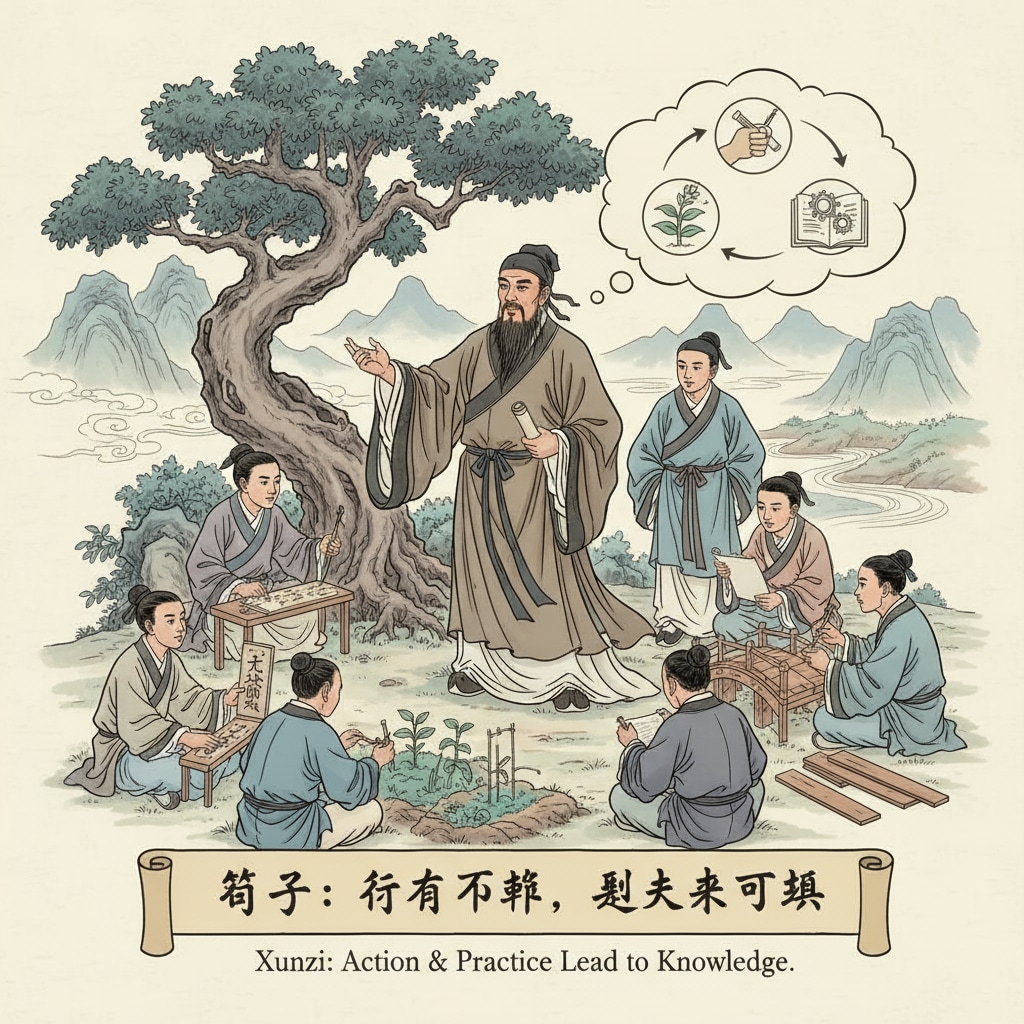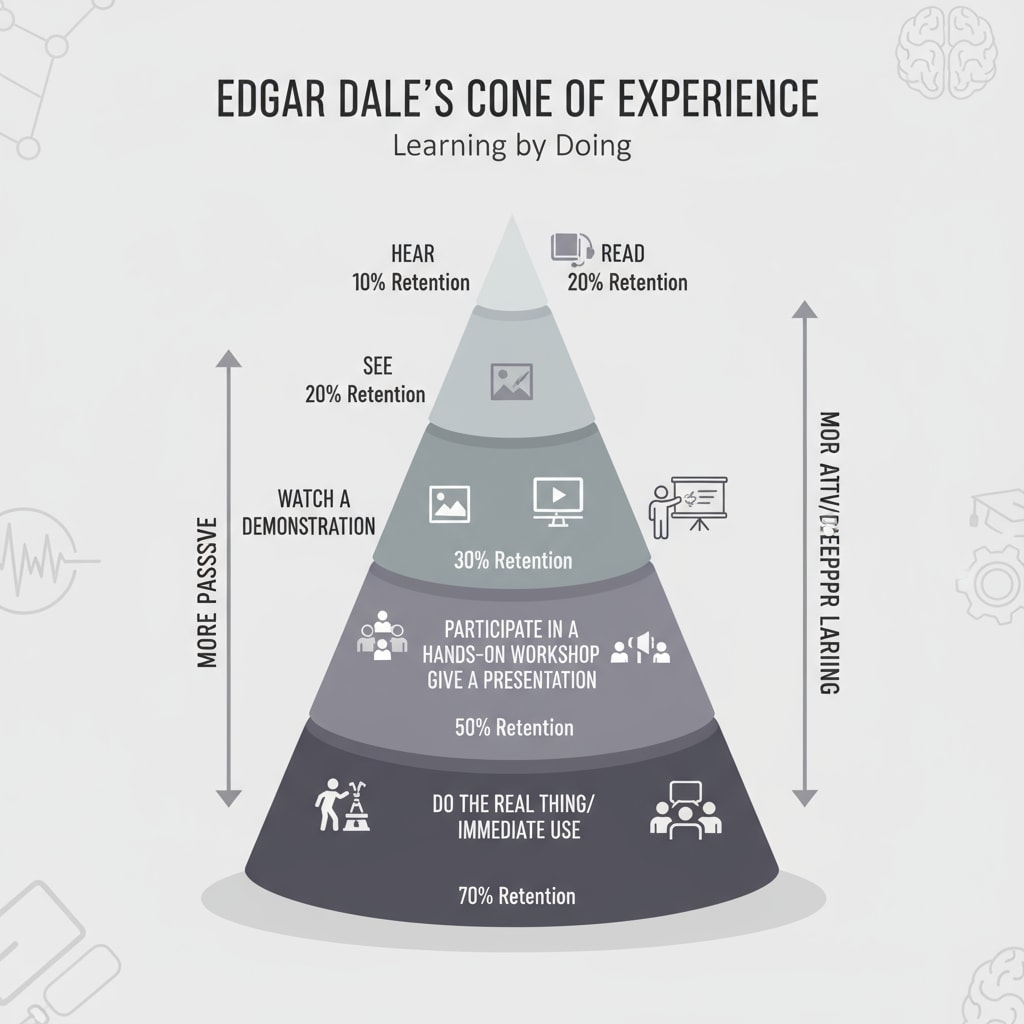Learning theories, sensory experiences, and practical learning have long been topics of great interest in the field of education. Throughout history, educators and philosophers have sought to understand the most effective ways for students to acquire knowledge. In K12 education, the approach of “learning by doing” has emerged as a powerful method with significant advantages.
The Evolution of Learning Theories
Learning theories have evolved over time. Ancient philosophers like Xun Kuang had profound insights into learning. Xun Kuang emphasized the importance of action and practice in the learning process. He believed that true knowledge comes not just from listening or reading but from actively engaging with the world. This early idea laid the foundation for the concept of “learning by doing”. Xun Kuang on Wikipedia

The Dale’s Cone of Experience
Fast forward to modern times, Edgar Dale’s Cone of Experience is a well-known learning model. Dale’s theory categorizes different learning methods based on the level of active involvement and retention. At the top of the cone are passive learning methods such as listening to lectures, where retention rates are relatively low. As we move down the cone, methods like hands-on experiences and actual doing lead to much higher retention. Dale’s Cone of Experience on Britannica

This shows that “learning by doing” is at the deeper end of the learning spectrum. When students engage in practical activities, they are more likely to understand, remember, and apply what they have learned. For example, in a science class, instead of just reading about chemical reactions, students conducting experiments themselves can observe firsthand the changes and better understand the underlying principles.
In addition to better knowledge retention, “learning by doing” also involves multiple senses. When students are actively involved in an activity, they use their sight, touch, hearing, and sometimes even smell and taste. This multi-sensory experience enhances the learning process. For instance, in an art class, students can feel the texture of different materials as they create, see the colors blend, and hear the sound of their tools. This engagement of multiple senses makes the learning more vivid and memorable.
Readability guidance: As we can see, the evolution of learning theories and the principles behind “learning by doing” highlight its importance in K12 education. Educators should encourage more hands-on activities to enhance students’ learning experiences and outcomes. By integrating different learning methods and emphasizing practical learning, we can help students better transition from “hearing the knowledge” to “applying it in practice”.


